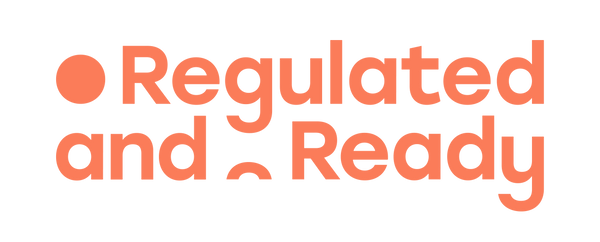There are plenty of neatly packaged cognitive-based programs out there designed to help kids develop self-regulation skills. They teach different emotions and link them to self-regulation strategies, often using structured lessons, visuals, and repetition.
🧠 Cognitive-based programs rely on thinking, reasoning, and problem-solving to help kids manage emotions. They often use tools like:
✅ Emotion charts
✅ Step-by-step coping strategies
✅ Verbal explanations of feelings and behaviours
While these can be helpful, here’s the thing…
❓ What if a child struggles to actually feel and recognize their emotions in their body?
❓ What if they’re too overwhelmed to even access the strategies they’ve been taught?
❓ Are we putting too much pressure on kids to self-regulate when they actually need co-regulation first?
🙋♀️ Don’t get me wrong, I’ve used these programs, I’ve done the training, and I’ve seen them work for some kids. But over the years, I’ve also learned a few things that I think are worth considering. Are these programs really the best starting point when supporting a child’s emotional and cognitive self-regulation development?
Let’s break it down.
1️. The Missing Piece: Interoception
We’re learning so much more about interoception, our ability to sense and interpret internal body signals, and how crucial it is for regulation. Interoceptive awareness helps us recognize how our bodies feel, so we can link a bodily sensation to an emotion.
But here’s the issue: Many kids are still developing this sense. I often see children who can rote-learn the concepts of a cognitive program (e.g., "I feel mad, so I should take deep breaths"), but when it comes to real-life situations, there’s a disconnect.
Why? Because if they don’t fully feel and recognize an emotion in their body, how can they meaningfully access a self-regulation strategy in the moment? You can teach a child all about the colour zones, emotion charts, or coping tools, but if they can’t sense what’s happening inside their body, those strategies can feel like just another school lesson rather than something that actually helps.
✨ This is why interoceptive awareness is a key focus in the Ready for Yoga program. There’s an entire chapter dedicated to building this skill, plus every card in the pack includes prompts to help kids tune into their body signals and deepen their self-awareness in a fun, engaging way.
2️. Stress, Overload & the Brain’s Response
Here’s another key piece: When a child is experiencing high stress, overload, a meltdown, or dysregulation, their brain is not in a state where it can easily access cognitive-based strategies.
Why? Because during these moments, the prefrontal cortex (the part of the brain responsible for thinking, reasoning, planning, and self-regulation) goes offline. Instead, the brain shifts into survival mode—fight, flight, freeze, or fawn.
What does this mean? It means that expecting a dysregulated child to remember and use a self-regulation strategy on their own is unrealistic. When cognitive-based programs are used correctly, by a therapist or educator who understands the brain-body stress response, they know this is the time for co-regulation and keeping expectations minimal.
But too often, I see the onus placed on the child, as if they should automatically “know what to do” because they’ve learned the program. This can increase stress rather than reduce it, leading to more dysregulation, frustration, and a sense of failure.
Where to Start Instead?
Rather than jumping straight into cognitive-based programs, I always start with two foundational areas:
✨ Interoceptive Awareness – Helping kids develop an understanding of how different emotions feel inside their bodies. This could be through movement, mindfulness, sensory experiences, or playful activities that build awareness of body cues.
👉🏽 The Ready for Yoga program is a great tool for this! Each card in the pack includes simple yet powerful prompts that encourage kids to check in with their body, recognize how different movements feel, and build their interoceptive awareness in a supportive, hands-on way.
✨ Co-Regulation Strategies – Instead of expecting kids to self-regulate immediately, we focus on co-regulation first. This means providing a calm, connected, and attuned presence to help them regulate their nervous system before expecting independent self-regulation.
👉🏽 The Connection Journal is a great tool to support co-regulation through connection.
Final Thoughts
Cognitive-based programs can be a helpful tool, but they shouldn’t be the starting point or the only strategy. If we truly want to support children in developing meaningful self-regulation skills, we need to focus on body awareness, connection, and co-regulation first.
When we prioritize these foundations, we set children up for long-term success, not just in remembering self-regulation strategies, but in actually feeling and using them in real life.
The Ready for Yoga program was designed with this in mind, it doesn’t just teach kids about regulation, it helps them experience it in their bodies. By integrating movement, interoceptive awareness, and playful prompts, it lays the groundwork for self-regulation in a way that feels natural and accessible.
What are your thoughts? Have you noticed these challenges when using cognitive-based programs? Let’s start the conversation!

